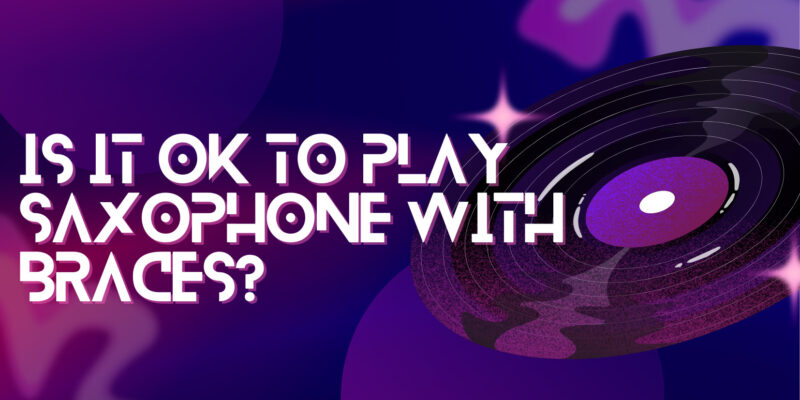Learning to play a musical instrument is a rewarding endeavor, but it can sometimes present challenges, especially if you have braces. The saxophone, with its unique sound and expressive capabilities, is a popular choice among musicians. If you or your child is considering playing the saxophone while wearing braces, it’s important to understand how to make the experience comfortable and manageable. In this article, we’ll explore whether it’s okay to play the saxophone with braces and provide tips to make the process more enjoyable.
The Concerns with Braces and the Saxophone
Playing the saxophone with braces can raise some concerns, as braces may affect a musician’s ability to produce sound and cause discomfort. Here are some common challenges:
- Embouchure Changes: The embouchure, the way a musician shapes their mouth and lips to create sound, is critical for saxophonists. Braces can alter the shape of the mouth, making it more challenging to form the correct embouchure.
- Lip and Cheek Irritation: The presence of brackets and wires can cause irritation on the lips and cheeks, making it uncomfortable to play the saxophone for extended periods.
- Tone Production: Achieving a consistent and pleasing tone can be more difficult with braces, as they can interfere with the control saxophonists have over their oral cavity.
- Cleaning Challenges: Proper dental hygiene becomes even more important with braces. Musicians must maintain clean braces and mouthguards to prevent the buildup of plaque or food particles that can affect both oral health and the saxophone’s hygiene.
Tips for Playing the Saxophone with Braces
- Consult with Your Orthodontist: Before embarking on your saxophone journey with braces, discuss your musical aspirations with your orthodontist. They can provide valuable advice, adjustments, or recommendations tailored to your specific situation.
- Choose the Right Mouthpiece: Experiment with different mouthpiece options to find one that suits you best while wearing braces. A qualified music teacher or technician can help you select a mouthpiece that complements your new oral configuration.
- Practice Good Oral Hygiene: Maintaining excellent oral hygiene is crucial when playing an instrument with braces. Regularly brush and floss to remove any debris that may interfere with your playing or oral health.
- Take It Slow: If you’re new to playing the saxophone and have recently got braces, take your time adjusting to both. Start with short practice sessions and gradually increase the duration as you become more comfortable with your embouchure.
- Use Wax or Silicone Protectors: Orthodontic wax or silicone covers can help reduce irritation from braces. Apply these protective guards on any sharp or uncomfortable areas to make playing more comfortable.
- Practice and Patience: Be patient with yourself. Adjusting to playing with braces may take some time, so practice consistently to improve your embouchure and adapt to the changes in your mouth.
- Consider a Mouthguard: Some saxophonists find relief by using a specially designed mouthguard for playing with braces. These mouthguards can help protect the lips and cheeks from irritation.
Conclusion
Playing the saxophone with braces is absolutely possible and can be a rewarding experience. While there may be initial challenges, with patience, proper oral care, and adjustments to your playing technique, you can continue to develop your musical skills and enjoy the saxophone even while undergoing orthodontic treatment. Consulting with both your music teacher and orthodontist can provide valuable guidance and ensure your comfort and progress as a saxophonist.


